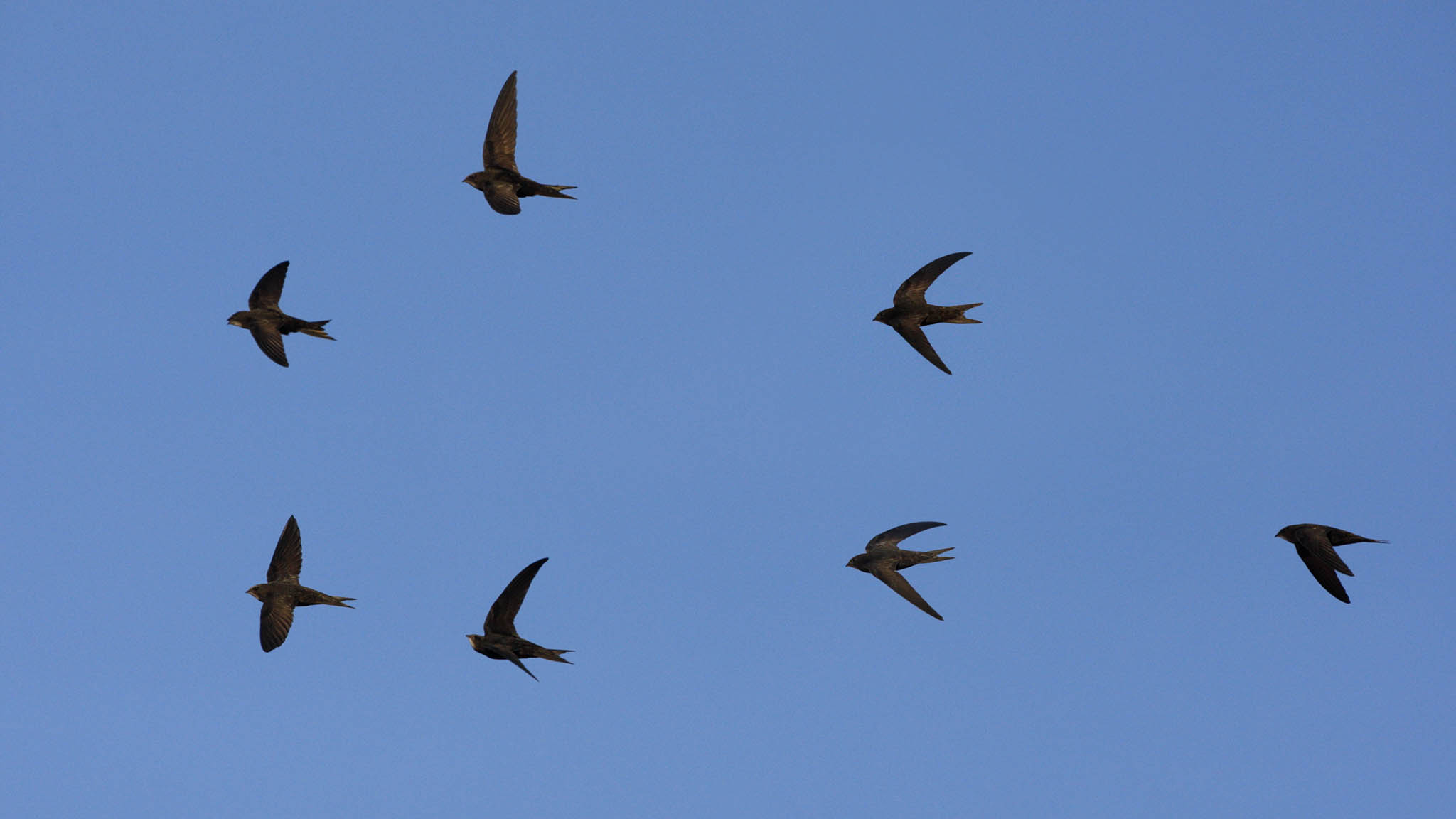
Over 20 years ago swifts used to nest in the church tower to the west of the main Dartington Hall. I have worked on the estate team in conservation for over 11 years and have been trying to entice the swifts to nest again in the church tower. Hopefully one day soon that will be the case. I will be the happiest man at Dartington if that happens.
In the U.K. it has been recorded that swift numbers are declining at an alarming rate. Their numbers have decreased by 53% between 1995 and 2016. One of the main reasons they are in decline is down to modern building design and the refurbishments of old buildings. This can deny the swifts of suitable nesting sites with the cracks and crevices filled in on old buildings. This may be a contributing factor as to why the swift populations are in decline.
Dartington has many old buildings which could provide excellent nesting sites and suitable habitats for swifts to potentially thrive on the estate, particularly the church tower.
Several years ago, Alistair Whybrow approached Dartington to help with the “Swifts in the Tower” project. Alistair was full of enthusiasm and passion for swifts. He has dedicated his time modifying the existing swift boxes to the standard swift box dimensions.
He has rigged up an amplification system which plays swift calls from the boxes at the top of the tower through the months of May to the end of July. The swift calls are on a daily timer from 8.30am to 10am, Noon to 2pm and 6.30pm to 8.30pm.
I would like to give some background information on this incredible migratory bird to highlight its uniqueness.
Swifts used to nest in large trees in ancient forests. These days they have adapted to nest and breed in man-made structures like; church towers, motorway light gantries, old fortifications and water towers. For more information on purpose built swift towers, head here.
Swifts often get mistaken for swallows and house and sand martins. The swift is black all over with a small patch on its neck. The swift is a lot larger than swallows and martins and the shape of the body is like a boomerang or a ship’s anchor and can fly up to 500 miles a day on migration.
Swifts spend the majority of their lives on the wing and they feed, sleep and mate in flight. They mainly feed on flying insects and only come to land when nesting between May through to the end of July. Once they leave the nest where they have hatched; they keep on flying around the world for around 3 years. The average lifespan of a swift is approximately 9 years.
Swifts prey on a variety of flying insects over a range of different habitats such as; meadows, open water and woodlands. They are the fastest bird in level flight and can reach up to speeds of 70mph. The peregrine falcon is the fastest bird on earth but only in a steep dive called a “Stoop”. Some of the swifts that nest in Britain travel great distances and fly deep- south as far as South Africa.
More about conservation at Dartington >
For further information on swifts I recommend Swift Conservation.
